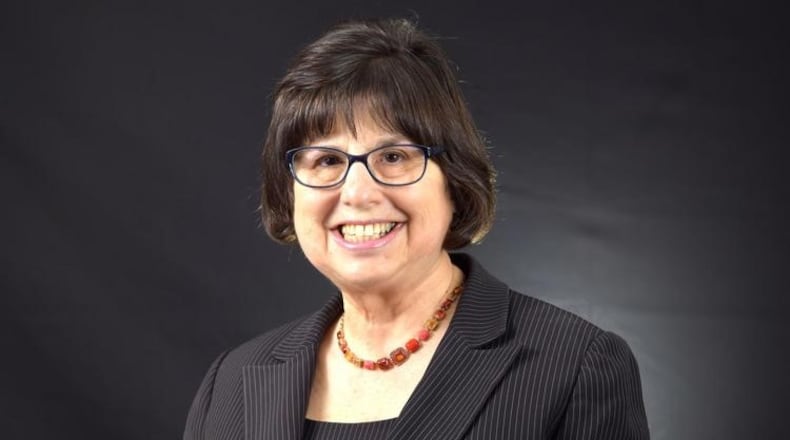While approval of materials is an important first step in state policy initiatives, it is not sufficient. Teachers will need to use frequent assessments to individualize instruction. Teachers need access to a variety of high-quality materials to address students’ neurological diversity. State resources should help fund this. An additional concern is the pattern of districts purchasing new curriculum packages without sufficient investment in professional development for teachers to be able to implement them with fidelity.
Some vendors have simply retooled existing products, aligned to state standards but with newly developed linkages stressing phonemic awareness and phonics. Even if districts purchase them, their investment in educator development must be sufficient to ensure change. Teachers must be provided with opportunities to understand how to incorporate the new content. Some approved materials use technologies that allow more effective and efficient means to assess and differentiate curriculum and instruction for different learners. Such approaches may cut down the need to refer students to special education services and can reduce district wide spending. But they also require initial and ongoing support so that as teachers are hired, they are brought up to speed.
Another concern relating to the broad implementation of what is known as the Science of Reading is that teacher education programs have been reluctant to change. Programs stemming from universities, such as Reading Recovery, the Ohio Reading Collaborative and Lucy Calkins reading program are accused of an insufficient emphasis on phonics and phonemic awareness. Some have been declared officially off-limits for Ohio schools. Lawsuits are pending against the state.
The new DEW and the Department of Higher Education should unite to resource teacher education programs in Ohio to teach pre-service teachers how to evaluate and use high quality instructional materials. Teachers should be trained in the use of technology for diagnostic and instructional purposes. Teachers must understand how to use data to carry out their own research about what works. In addition, preservice and current teachers need to understand the new research on neuroscience, to diversify instruction to meet a range of student needs.
We must educate the current and future education workforce and policy makers to challenge the status quo and to reimagine how schools can be resourced and redesigned to assure that Ohio students have access to high quality curriculum and instruction. A strong focus for curriculum at the state and local levels is worthy of thoughtful consideration and careful implementation. We have a moral responsibility to raise the bar for all our students and educators if we want to see Ohio grow and prosper. This requires a strong investment in PreK to 12 and higher education funding and the teaching profession.
Susan Tave Zelman is co-author of The Buying and Selling of American Education: Reimagining Education for All Students. She is also a former state superintendent of education for Ohio.
About the Author
